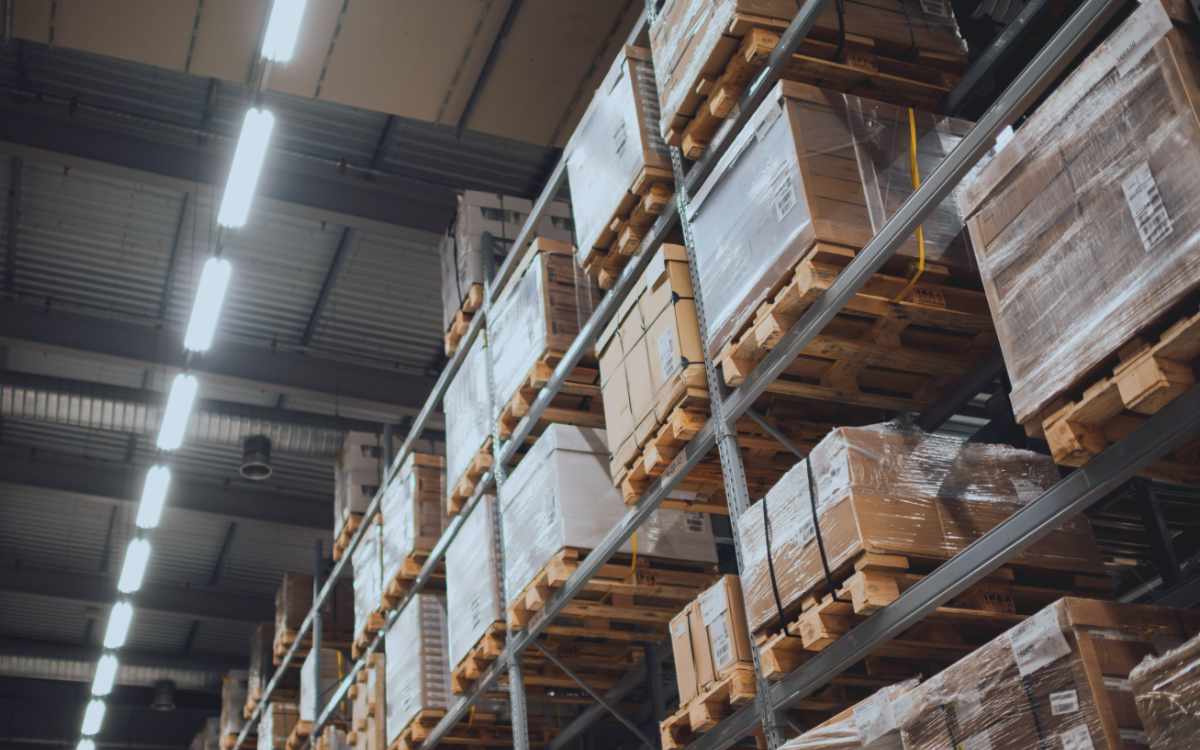Industrial dust collectors play a critical role in maintaining a safe and clean working environment. Still, their effectiveness can come at a cost that should be considered at the time of purchase. While the initial purchase price often takes center stage, the true financial impact of a dust collection system lies in its operational costs. By understanding these hidden expenses, facility managers can better plan budgets and optimize system performance.
Energy Consumption
One of the primary factors in the operational cost of a dust collector is energy consumption. Dust collectors require powerful fans and motors to capture airborne particles, and these components run continuously during operation. Depending on the facility’s size and the system’s workload, energy costs can quickly add up. It’s important to look for systems that offer energy-efficient designs. Examples include variable frequency drives (VFDs) or optimized airflow management, which reduce electricity usage while maintaining effective dust control.
Maintenance and Labor
Regular maintenance is crucial for ensuring that a dust collector continues to perform at its best. Maintenance tasks can include cleaning filters, inspecting and replacing worn-out parts, and conducting system performance checks. These activities not only incur material costs but also require labor hours. Skilled technicians are needed to perform these tasks safely and effectively, which means labor costs must factored into the overall budget. Neglecting regular maintenance can lead to system inefficiencies or unexpected breakdowns, resulting in more expensive repairs and even unplanned downtime.
Consumable Replacements
Over time, certain components of a dust collection system, such as cartridge filters or filter bags, will wear out and need replacement. The frequency and cost of these consumables depend on the type of dust collector and the nature of the collected dust. For example, environments with high dust loads or abrasive materials might require more frequent replacements. Additionally, some brands of dust collectors may require more or less filters than others. It’s essential to factor in these recurring costs when evaluating the long-term investment in a dust collection system. Budgeting for consumable replacements ensures that your system continues to operate safely and efficiently without interruption.
Downtime and Productivity Loss
Operational downtime is another significant cost that often goes overlooked. When a dust collection system is offline due to maintenance, repairs, or unexpected failures, it can disrupt production processes and lead to lost productivity. In industries where continuous operation is critical, even a brief downtime can translate into substantial financial losses. Investing in a reliable system and filters, and implementing a preventive maintenance program can help minimize downtime. Additionally, having a contingency plan in the form of spare parts can mitigate the impact on production when issues arise.
Disposal Costs
The process of collecting dust is only one part of the equation. Disposing of the captured dust and spent consumables safely is another challenge that incurs costs. Depending on the material collected and environmental regulations, the disposal process can involve significant expenses. Whether you need to transport the waste to a specialized facility or follow specific hazardous waste handling procedures, these costs need to be considered in the overall operation of the dust collector.
Regulatory Compliance
Lastly, ensuring that your dust collection system meets local and federal safety and environmental regulations is essential—and often expensive. Regulatory compliance might involve investing in additional equipment, regular inspections, or modifications to the existing system. Failure to comply with these standards can lead to fines, legal issues, and even forced shutdowns, all of which can have a significant financial impact. Staying updated with regulatory requirements and incorporating necessary changes proactively can help avoid costly penalties and safeguard your business operations.
Consider the Dust Collection System’s Operational Costs First
In summary, while the initial investment in an industrial dust collector is an important consideration, the ongoing operational costs—ranging from energy consumption and maintenance to consumable replacements, downtime, disposal, and regulatory compliance—play a critical role in the system’s total cost of ownership. By taking a comprehensive approach to budgeting and maintenance, facility managers can ensure their dust collection systems are not only effective at protecting workers and equipment but also cost-efficient in the long run. Balancing these costs against the benefits of a cleaner, safer workplace is key to making informed decisions and sustaining operations over time.



